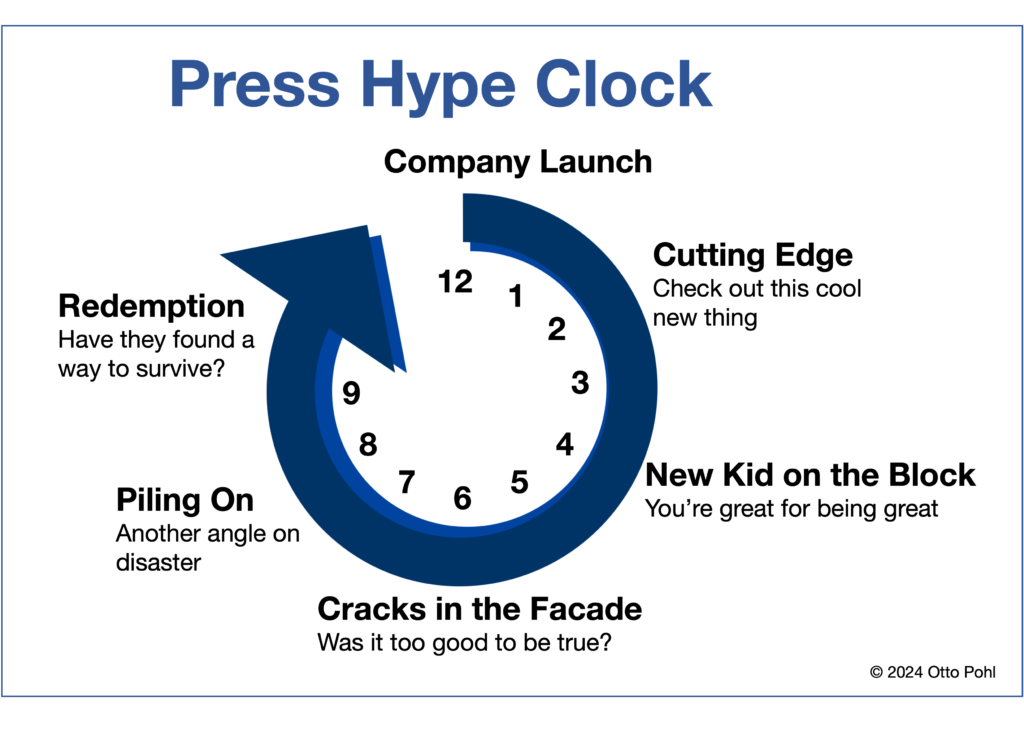
Target, Target, Target
When I lived in Russia in the 1990s, there was an exclusive nightclub that would stop the music at the peak of the night to auction off a single red rose. Freshly minted millionaires in shiny suits would compete to buy this one rose so they could be admired presenting it to their date. Forget the 4-digit bottle service or the chauffeured Mercedes 600 idling out front: dropping $5,000 on a moment’s gesture was the flex of the night. It grabbed attention precisely because the price tag was absurd.
Which brings me to Sunday’s Super Bowl. There were lots of subplots and drama, but what I noticed is that Papaya Global, a VC-backed B2B payroll startup, decided to run a Super Bowl ad.
The rack rate for a 30-second spot this year was $7m. Talk about buying the rose.
Was it a smart investment? Even if you’re not mulling a Super Bowl ad purchase for your company—and of course you aren’t—there are valuable lessons here for your marketing and communications efforts.
If Papaya spent anything near that $7m amount—and even if they purchased a regional placement, which I suspect, and which can be a fraction of a national spot—it was a waste of resources. How many CFOs were watching the Super Bowl to research payroll software? The only argument for purchasing that spot is to send the same message as 1990s Russian mobsters: I have so much money, I don’t know what to do with it.
Here’s how it relates to you: Most entrepreneurs dream of “tier 1” newspaper coverage, which typically means The New York Times, The Washington Post, and The Wall Street Journal.
- I always tell my clients, it certainly can signal that you’ve arrived, but here’s what to think about:
- It’s going to cost you a lot of resources (time and potentially payment to PR reps).
- The audience is big but incredibly general; your actual target audience is a tiny fraction of the publication’s reach.
- You lose control of the narrative. The article is likely going to be about a larger topic or trend, for which your company will be just an example—and the larger topic may well be negative. And even if the whole article is about you, the journalist may still be using you to make an unfavorable point (here’s looking at you, crypto companies of late 2022).
Media coverage goes in waves. Here’s how I summarize it:
You’re only going to get fawning coverage from about 2 o’clock to 5 o’clock (at least, the first time around; the largest tech companies have all taken several spins around the clock).
Since you’re still at the top of the dial and working to get to 2 o’clock, take inspiration from the “location, location, location” real estate mantra for your top 3 criteria for media coverage: target, target, target.
Find the smallest publications or venues that have a high concentration of your target audience and tell your story just for them. Is your audience automotive supply chain managers? Doctors at large children’s hospitals? Find out what they read or where they visit and then focus on telling a story that’s optimized for them.
Here’s why:
- It forces you to get out of the mindset that your product is for everyone. What’s the profile of those first, crucial customers?
- It is much easier to get a story placed in industry publications
- Those publications have a high density of intended target audience, usually in a work mindset
- You’ll have a higher likelihood of unquestioning coverage—smaller publications often will literally reprint your press release, or at least take your word about whatever great new thing you want to tell the world about
- Details are welcome; if the improvements your product have are technical, this audience wants to hear it.
Last week I helped a startup get into Semiconductor Today. I know—not sexy. But if you’re in chip manufacturing, it’s what you read.
And Papaya? They’re sufficiently aware of the fact that they need to be seen buying the rose that they purchased an advertorial in USA Today to justify their decision—and even in that, the Chief Strategy Officer had to concede that “the market for business leaders is much smaller than the total viewership of the game.”
Of course, he should have clarified that he was targeting “business leaders with large international workforces who are unhappy with their current payroll platform and are currently researching AI-powered alternatives on cable TV, and happen not to be in the bathroom or getting seconds on the nachos during the 30 seconds Papaya is setting fire to a stack of bills.”
Don’t buy the rose.
Otto Pohl is a communications consultant who helps startups tell their story better. He works with deep tech, health tech, and climate tech leaders looking to create profound impact with customers, partners, and investors. He has taught entrepreneurial storytelling at USC Annenberg and at accelerators across the country. Learn more at www.corecommunicationsconsulting.com

